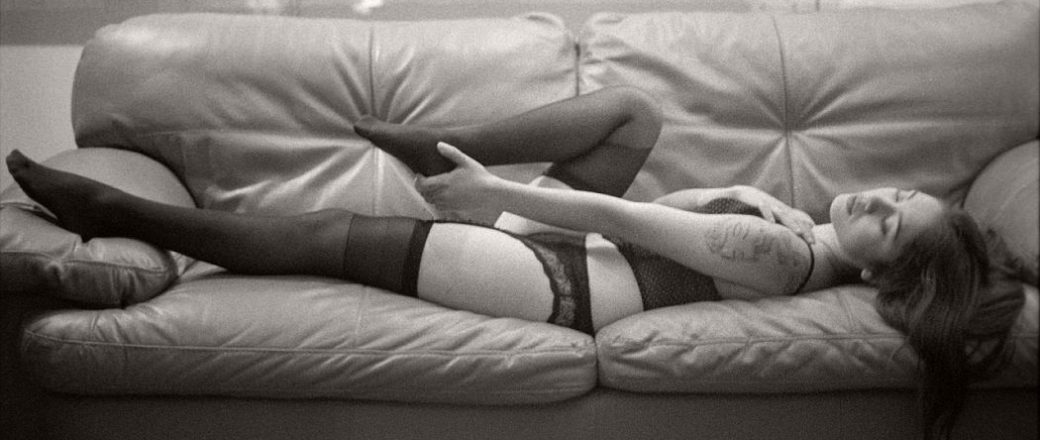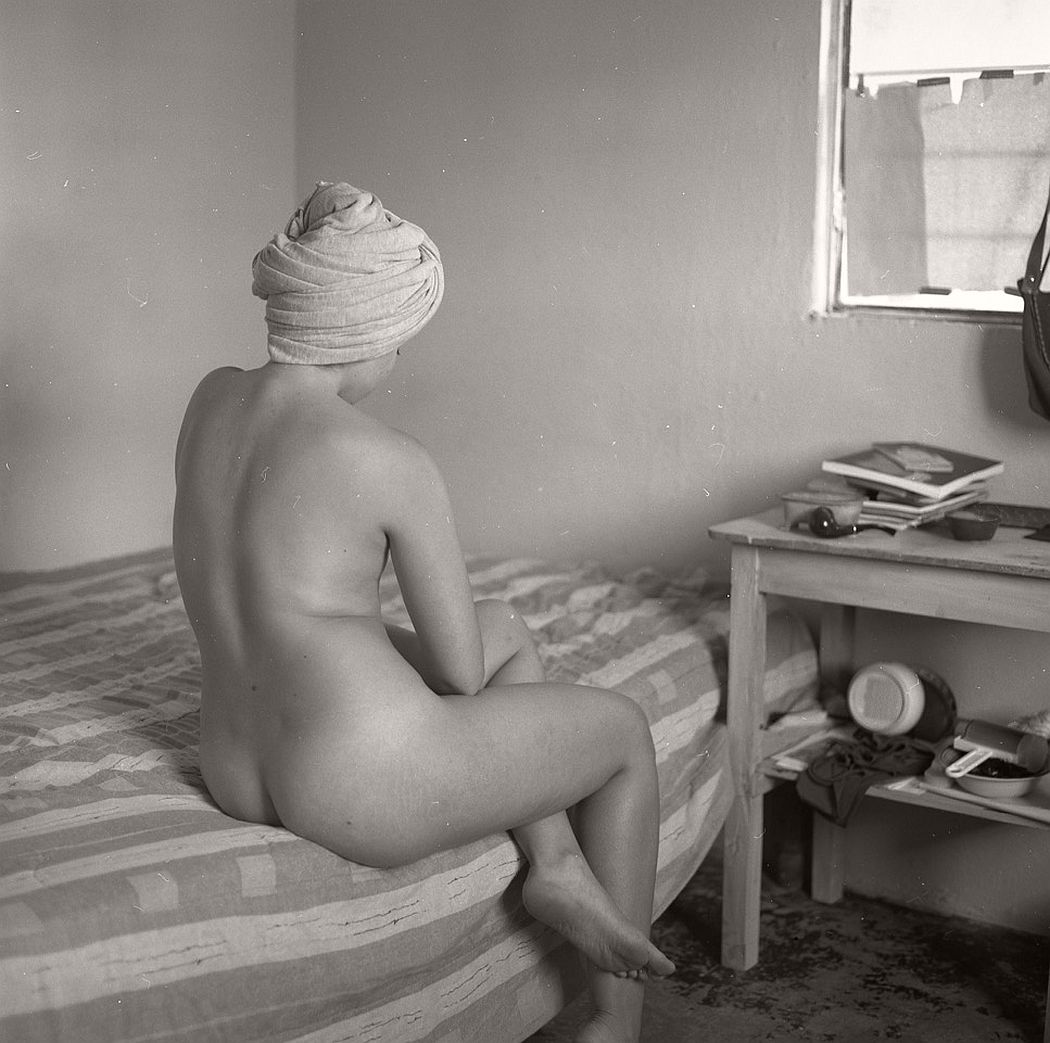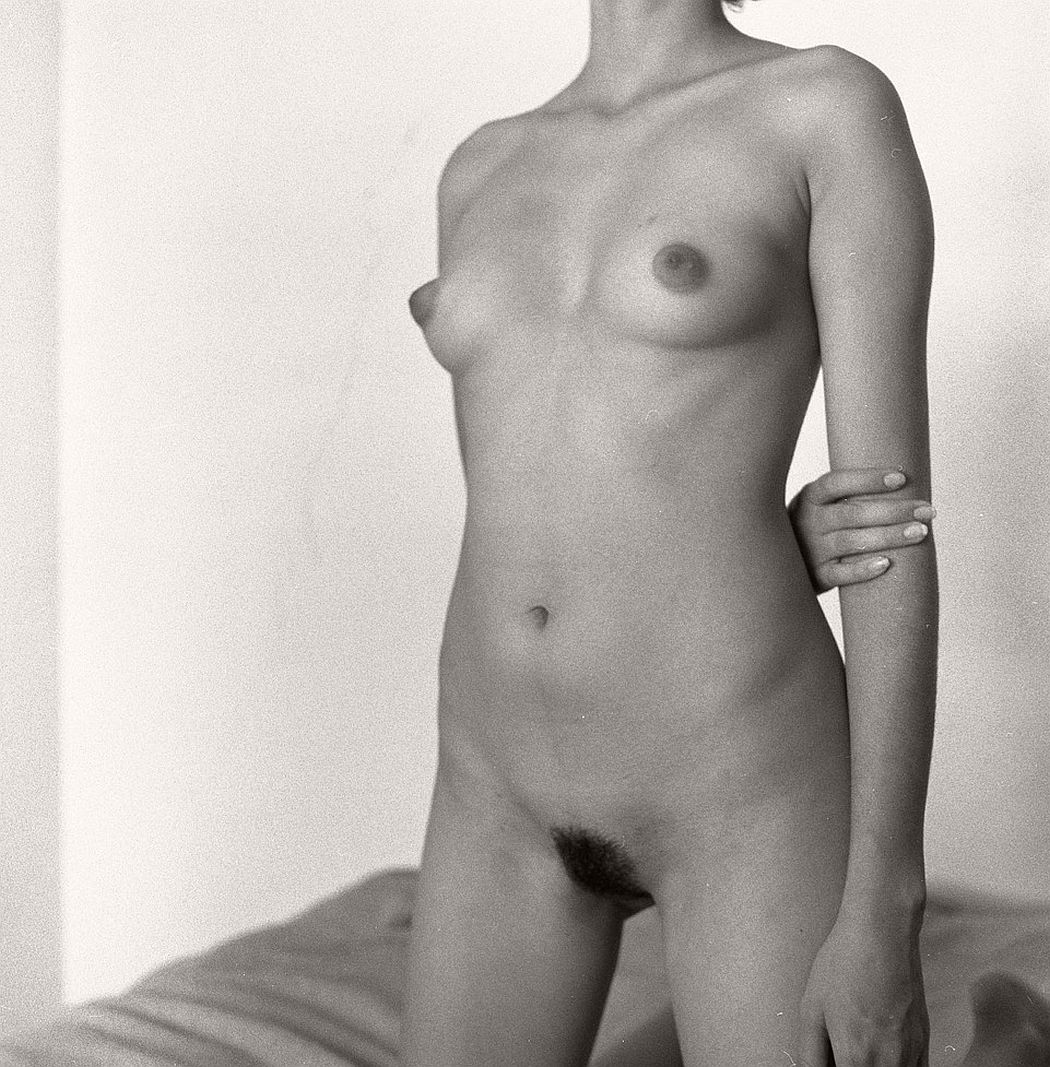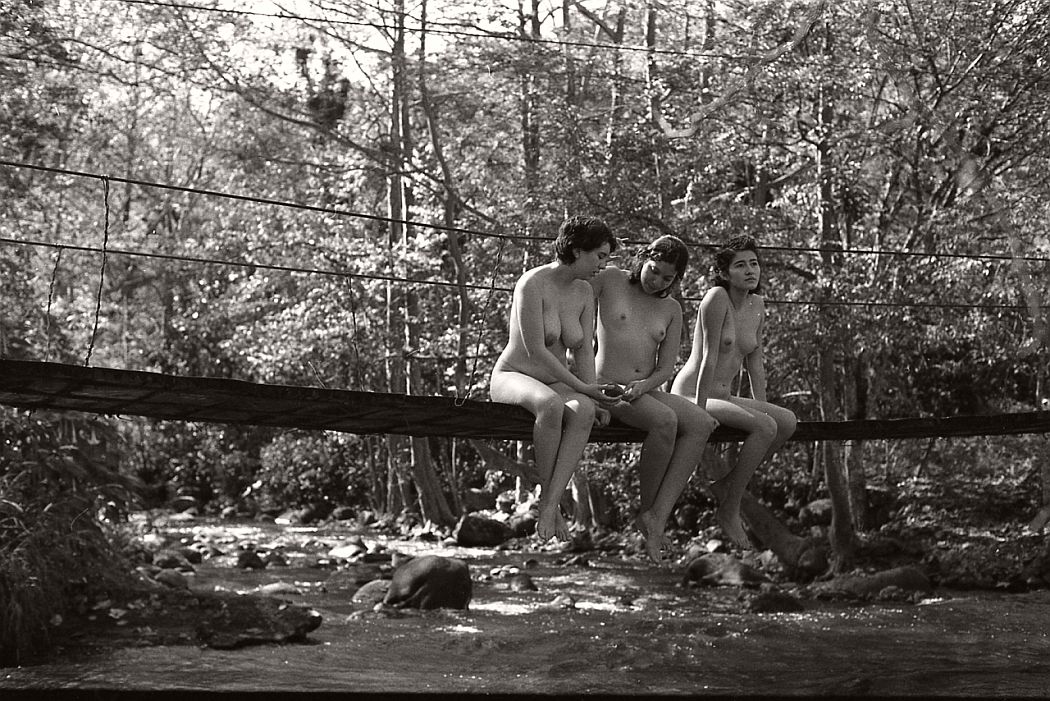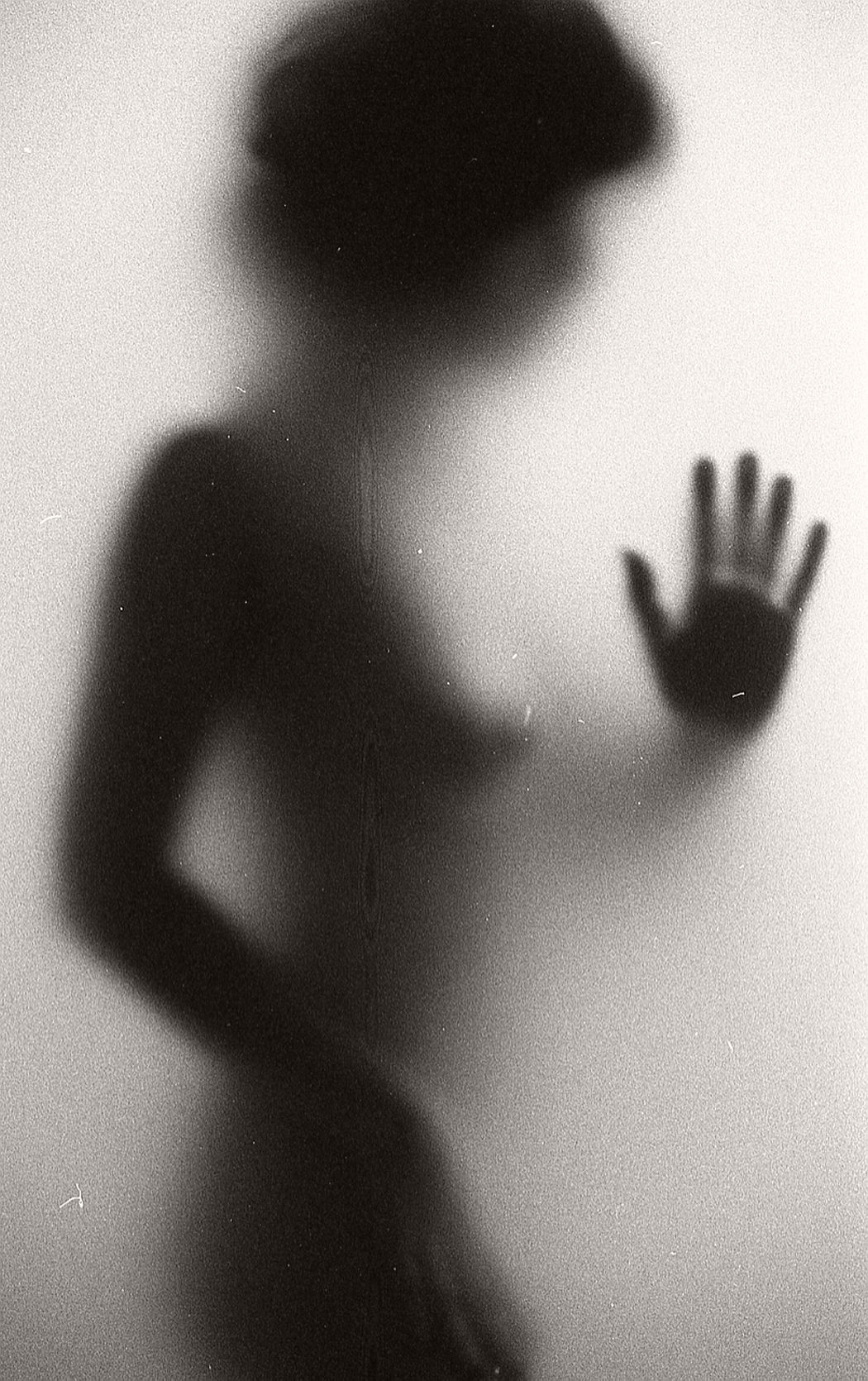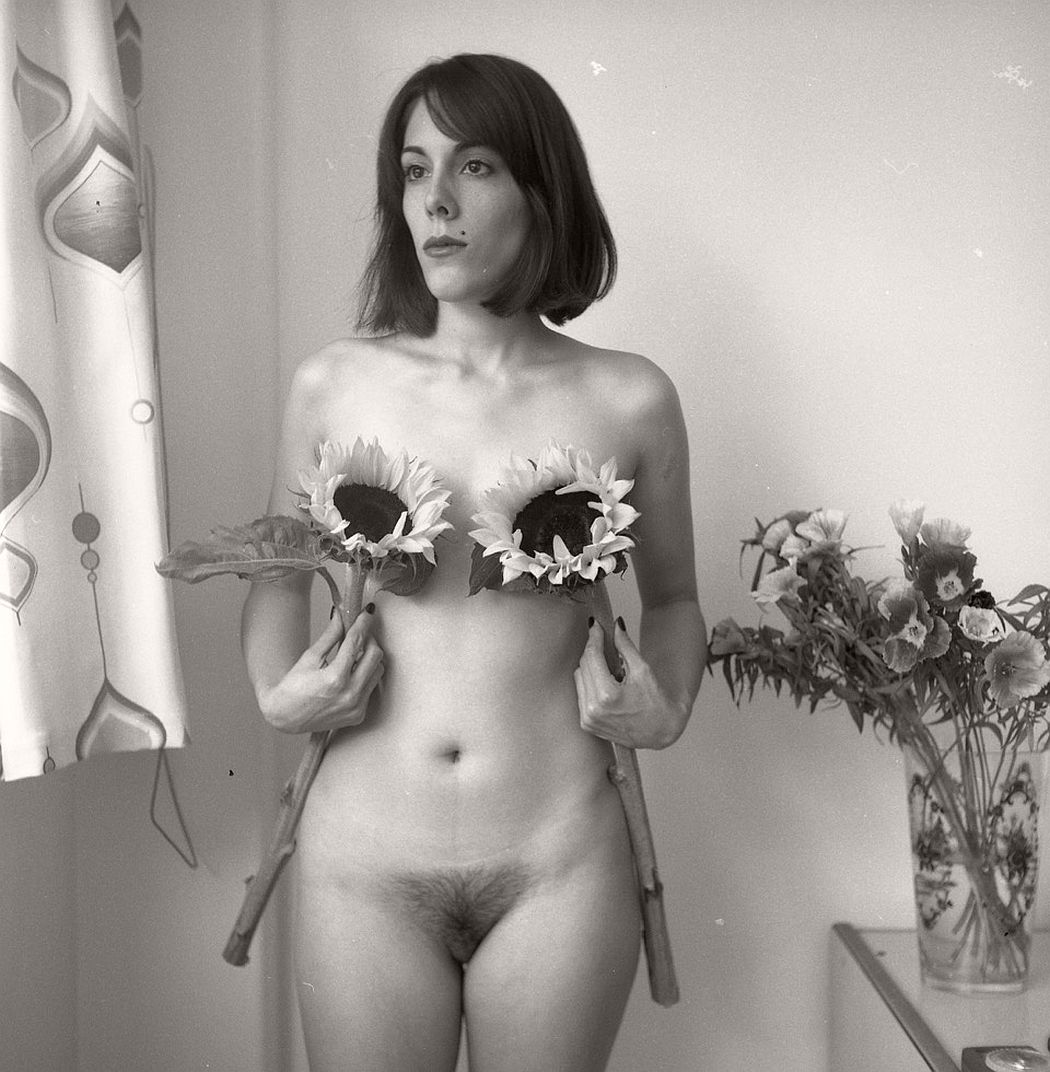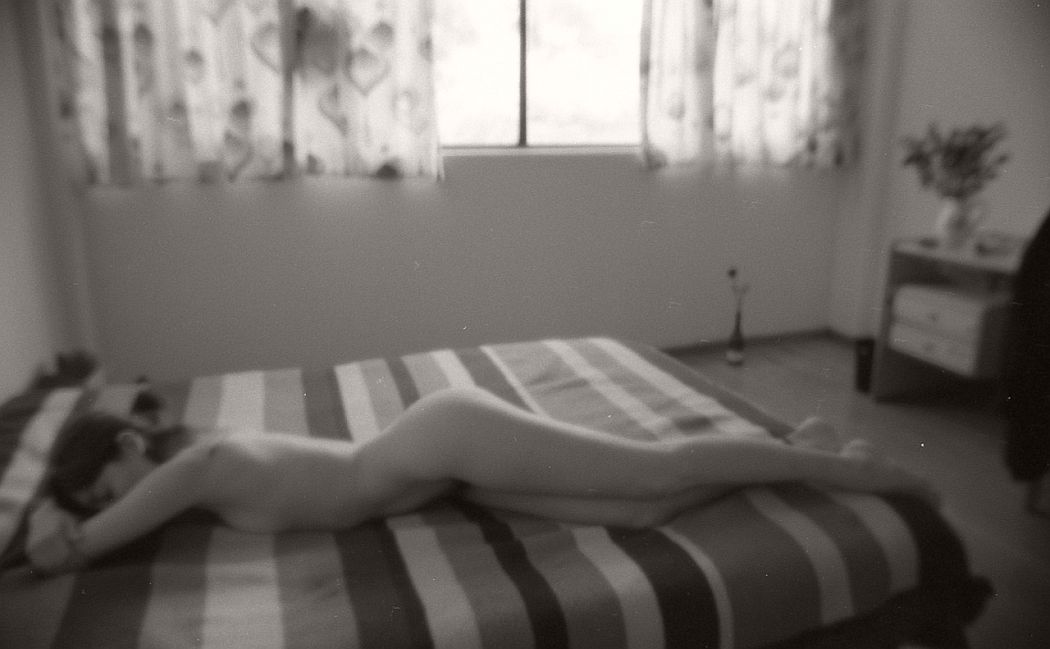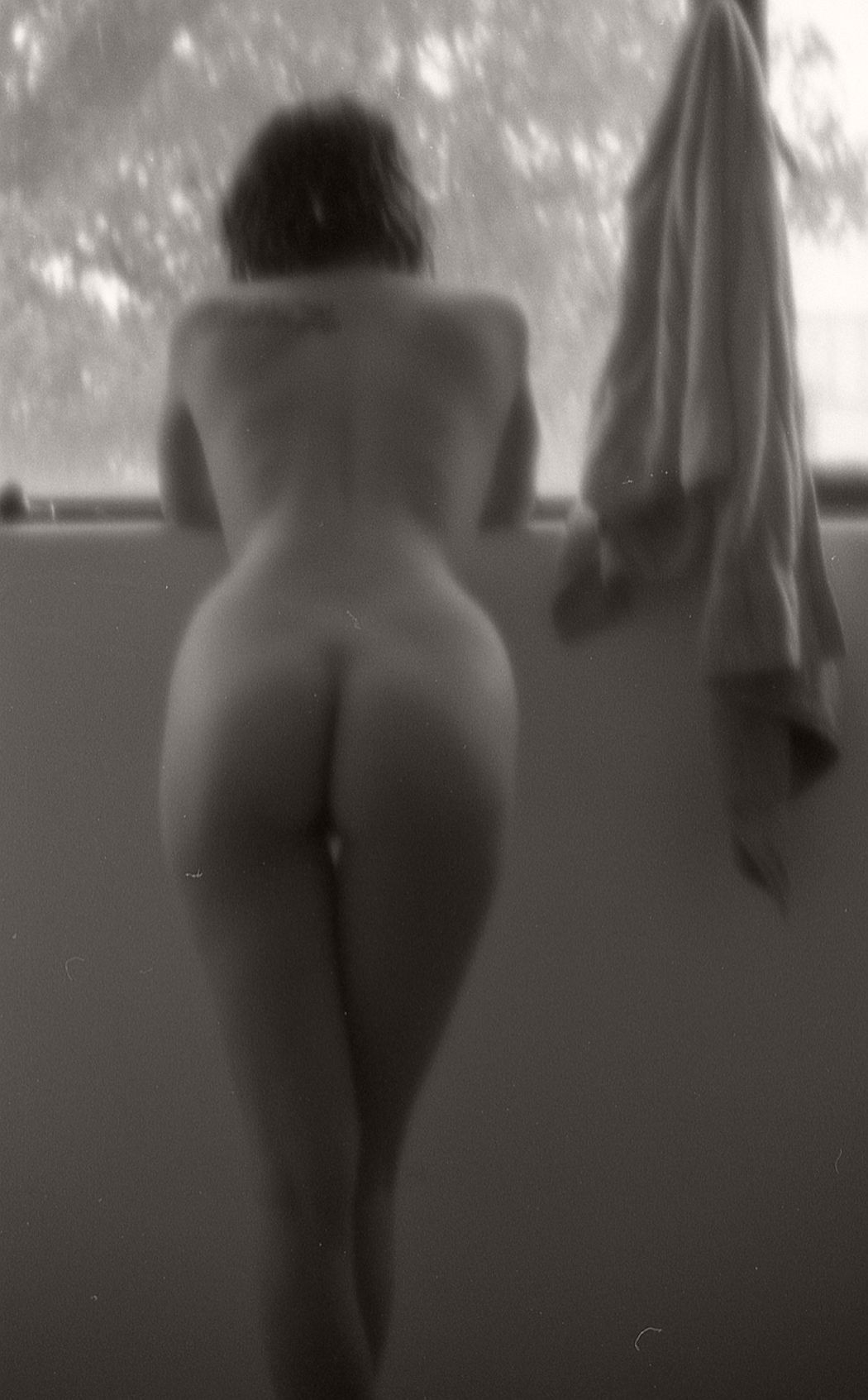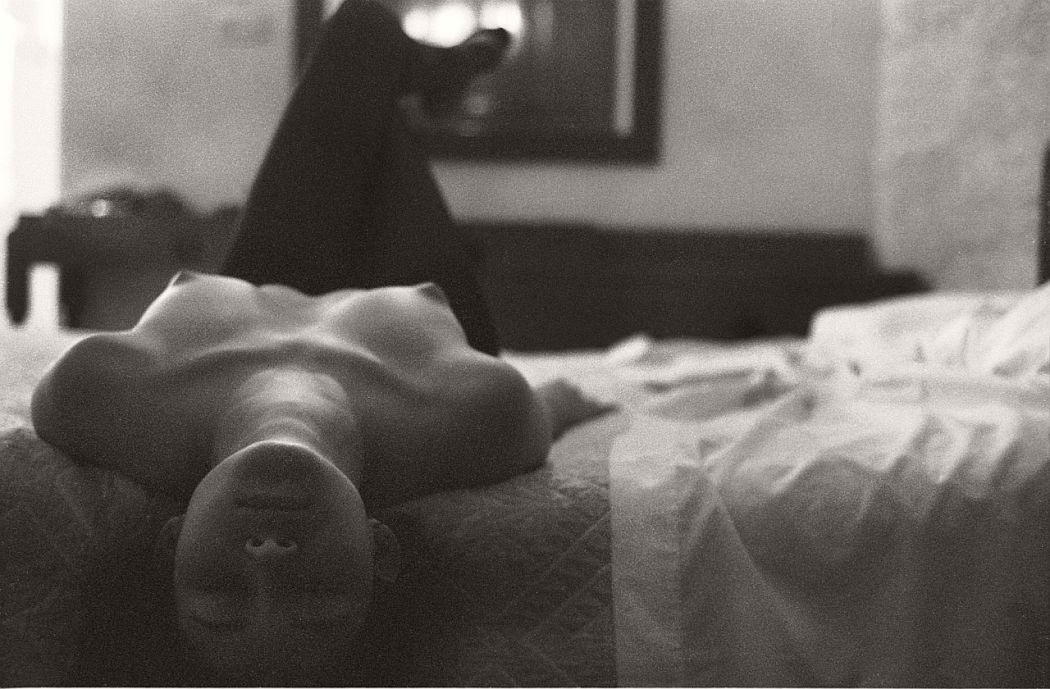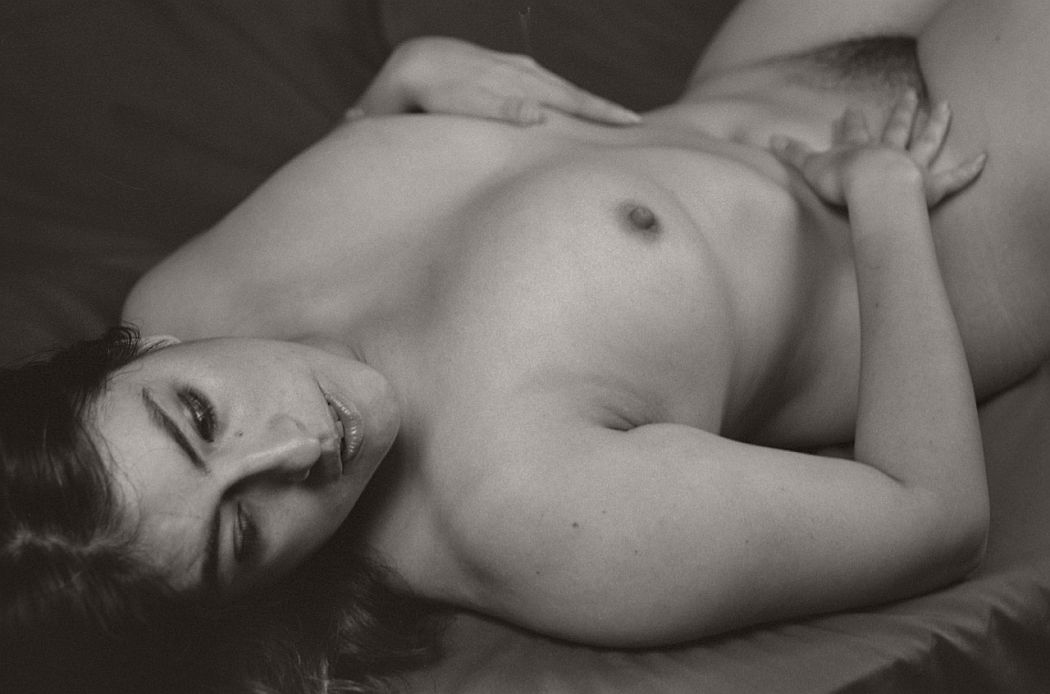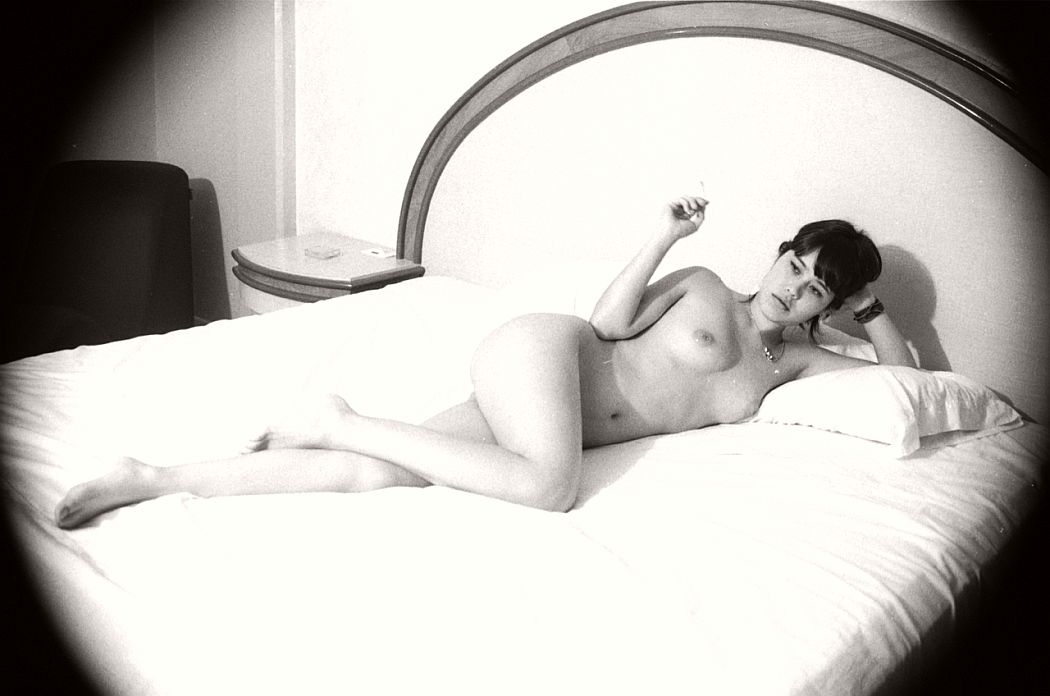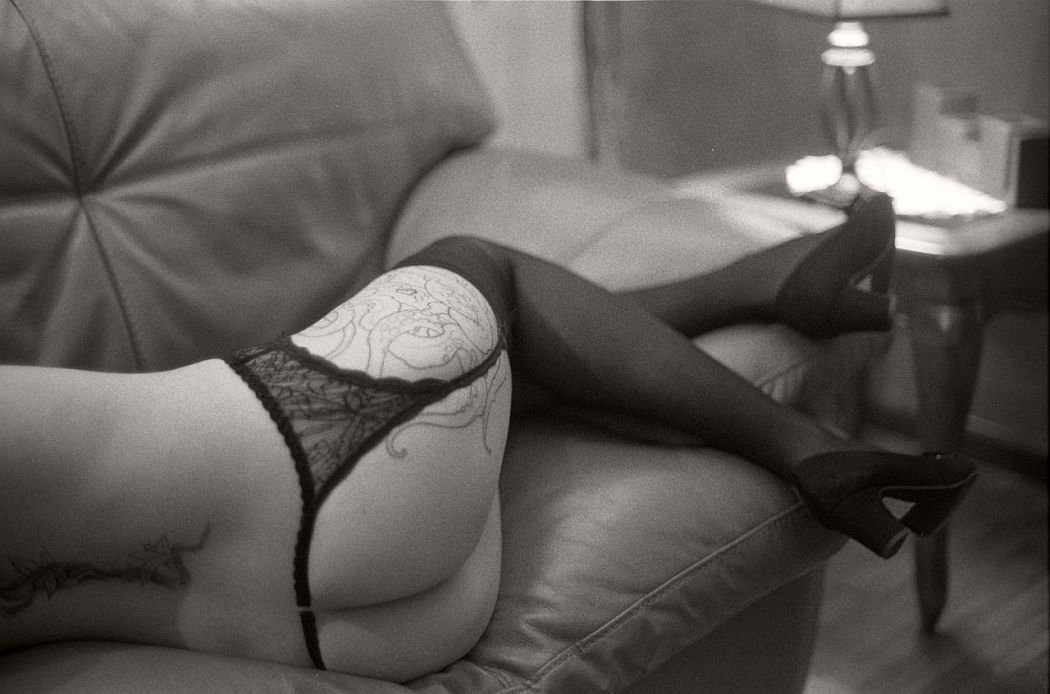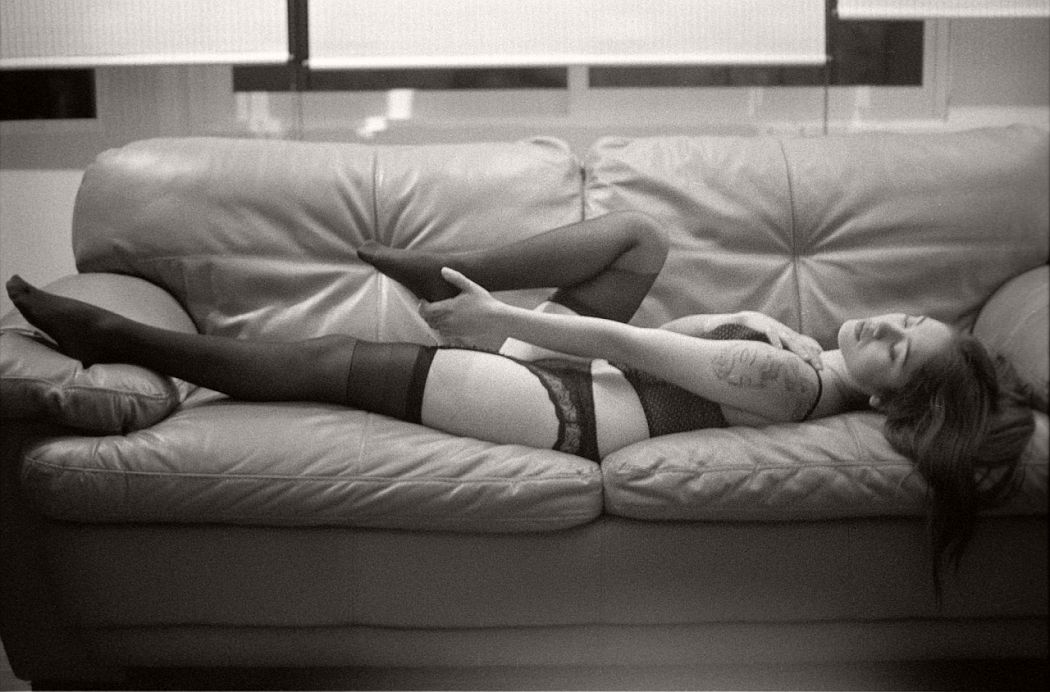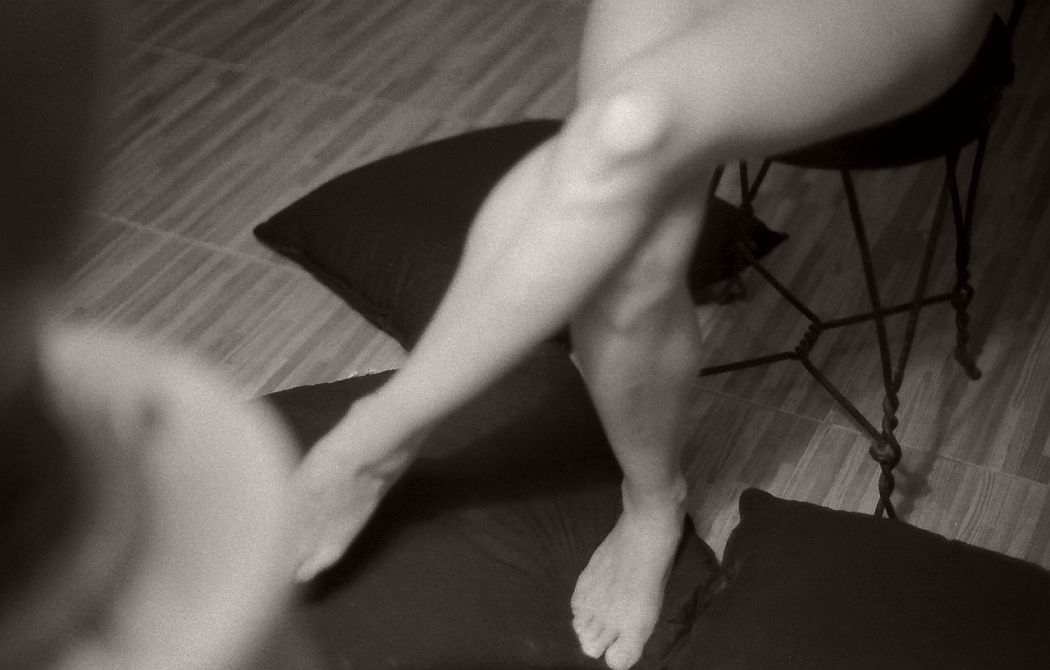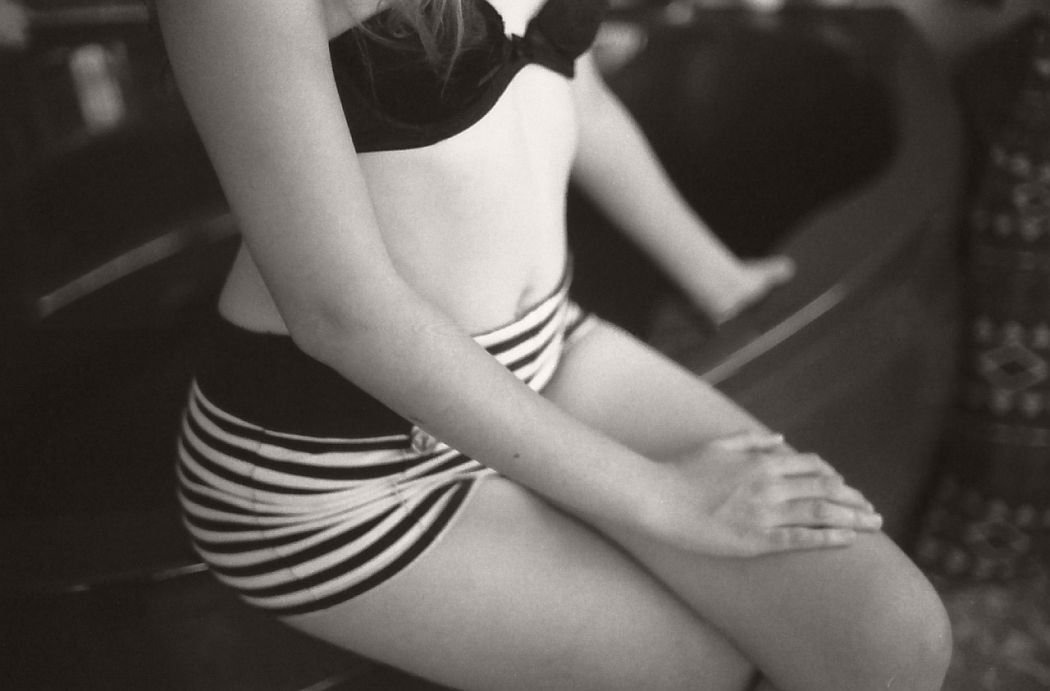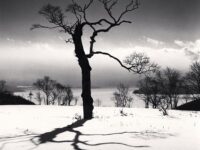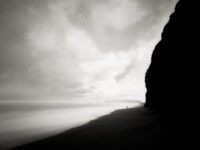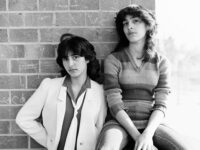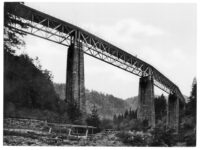– How much preparation do you put into taking a photograph/series of photographs?
Normally a huge amount of thoughts cross my head all the time. From creative thoughts to existential questions. My creative process is based on a drive or difficult feeling to explain and define, I think that only one who has experienced it will interpret in their own way, turning in a subjective end. I will try to explain it as best I can. I think it is a feeling that excites me and makes me want to create something. It often happens when I see something that pricks me so greatly that I begin to think and imagine things framed, usually in horizontal, then bring it to practice with the help of a camera and a corresponding lens. That’s the closest thing I can say about what I feel when I am in a kind of creative process.
Later came the idea that, based on my previous cultural capitals, I intend to bring it to practice. I come home and I choose my camera, to my great luck I have a couple of machines to use, and then I think what I want to achieve, what ISO should I use for that purpose, the focal length, diaphragm type, type light, among many other varieties and technicalities. After I get the girl for my evil purpose and quote that day and at that hour. I usually use my home to save money and as my pictures do not use very open frame I can decorate the room to make my studio. The girl comes and we have to do the job, I tell what I am looking for. Thanks to the handling of actors who taught me the Center I think I have achieved a better deal with my models.During the photos I put the music they prefer. I must confess that a lot of my “Arriola Girls”, affection by Joaquin Sabina’s Almodóvar Girls, are very dear friends of mine who trust me her privacy. I feel very proud of it. When they are indifferent to choose the music I put them listen to Miles Davis or Charles Trenet.
I invite something to the girl, we talk while drinking coffee or red wine and later on I thank her with a big hug. I reveal on the right place the slide film E-6 and the black and white I do it by myself in the laboratory of the Center. There I spent magical hours. I love the feeling of knowing that you will see first what you did with the possibility of something good or simply and unexposed film. Subsequently scan with my Epson v600 and later see them on the monitor. I usually do not post-product neither digital retouching. A reframe maximum. I am not of this post-modern school that edit everything on a software and an iMac. If I retouch any picture I do it into the laboratory of the Center and with the help of an enlarger or photographic paper.
– Is there any artist/photographer who inspired your art?
To begin with I would say that part of my photographic work now is influenced by the Studium and Punctum. Concepts that Roland Barthes defines in his book Lucid Camera, the first as, universal meaning of photography, closely linked to the cultural and social aspect of the person who perceives it, is rational and ducted to known to all values, “meanings that are nameable, cultural meanings given that we understand at once”. And Punctum; It is personal, plays more on the unconscious ground, it is not intentional and depends on the viewer, a detail that attracts me, his mere presence changes my reading, looking at a photograph from my eyes with a higher value, which pricked me, personally memory based not on the public file but a private repertoire.
I consider myself a very creative person and since I can remember I spent countless hours creating stories in my head, dreaming and being happier in my dreams and unrealities that in my reality. My work owes a lot to a lot of people engaged in the arts and not just photographers, but painters, sculptors, writers, poets, and varieties. I say this because thanks to my imagination I create things inside my head and later I can create something, based on anything; a song, a phrase, a word, an adjective, an instant, a letter. Photographs, smiles and laughs owe much to painters like; Degas, Pissarro, Monet, Manet, Picasso, Lautrec, Renoir, Cézanne, Schiele. Photographers like; Helmut Newton, Sam Haskins, David Hamilton, Man Ray, Jeanloup Sieff, Ellen Von Unwerth, Robert Mapplethorpe, Herb Ritts, Edward Weston, Andre Kertesz. Sculptors; Canova and Maillol. Men of letters like; George Bataille, Marquis of Sade, Joseph Kessel, Pablo Neruda, the Surrealist Manifesto. A musicians; Miles Davis, Joaquin Sabina, The Doors. My work owes a special mention to Alberto Vargas because of his Pin-Up. As my education is to cinematographer I owe a lot to film people; Godard, Marker, Truffaut, Huston, Polanski, Almendros, Coutard.
– Why do you work in black and white rather than colour?
When I began photographing daily life I was using Kodak color film, a Pentax K1000 and I was 16 years old. I took a lot of photographs and used many types of color film. Later formally I began a self-education through my always dear books and friends. In this way I was reading photography manuals and gradually went deeper into that beautiful world, with some time I finish changing color instead of black and white about 18 years old. It has been a very successful search, the first rolls I used were Kentmere 400 ISO that I took while touring Italy and I have some very nice pictures of Venezia. I think from that moment I decided to experiment how to directly contrast to the emulsion by handling filters, so I bought a set of red,
yellow and orange filters. So I began to see what results gave each filter to each type of light. With some time and the help of the books I became more interested in the technical process of black and white photography, by then I learned to reveal in my school. Because of the black and white is cheaper I left color photography for a while and decided to immerse myself fully and try to make the best possible black and white photography and the whole process in the darkroom. I love spending time in the red light of the darkroom, I feel it is communing with your work quietly and in a place where you can only do that kind of work, where the light is not necessary.Gradually I was fascinated of the black and white, soon I was trying to think on my head how such photographic picture would be in monochrome. I try to think everything through my eyes without colors, especially because at the Center we are educated to use photographic emulsion Kodak Double X 16 mm and must learn how to use the contrast for later viewing on the big screen.
– Where is your photography going? What projects would you like to accomplish?
Where does my work is twofold; cinematography and still photography. In the first I want to learn as much as possible of the ASC cinematographers to well illuminate a set like Hollywood. I also want to do various tests with Kodak color emulsion to nourish my conception of color. I will be digitally educated in a fairly good way, the Center is among the top 10 film schools in the world. From there on out I would make a photo novel like La Jetée by Chris Marker in which talk of all my deepest concerns as time and memory. On the side of documentarian I want to fulfill my dream of working for National Geographic, I considered asking my first job there when graduate from film school. On the side of still photography and want to learn ancient alternative processes; cyanotype and daguerreotype. If some other process is going through there I do not have the slightest problem with learn it and put into practice. Right now I’m emulating painters of the last century; Degas, Renoir, Vagh Gogh, Ingres, Monet, Maillol, Klimt, among many others. Currently I have some essays and sketches, I’m working on it. I have the dream of someday show all my work at an exhibition gallery or museum, so I am working hard for my work to have that quality. I am a firm believer of the old school and believe in such events in major museums with your photographs in large format and giving a speech.
Website: ricca93.tumblr.com

